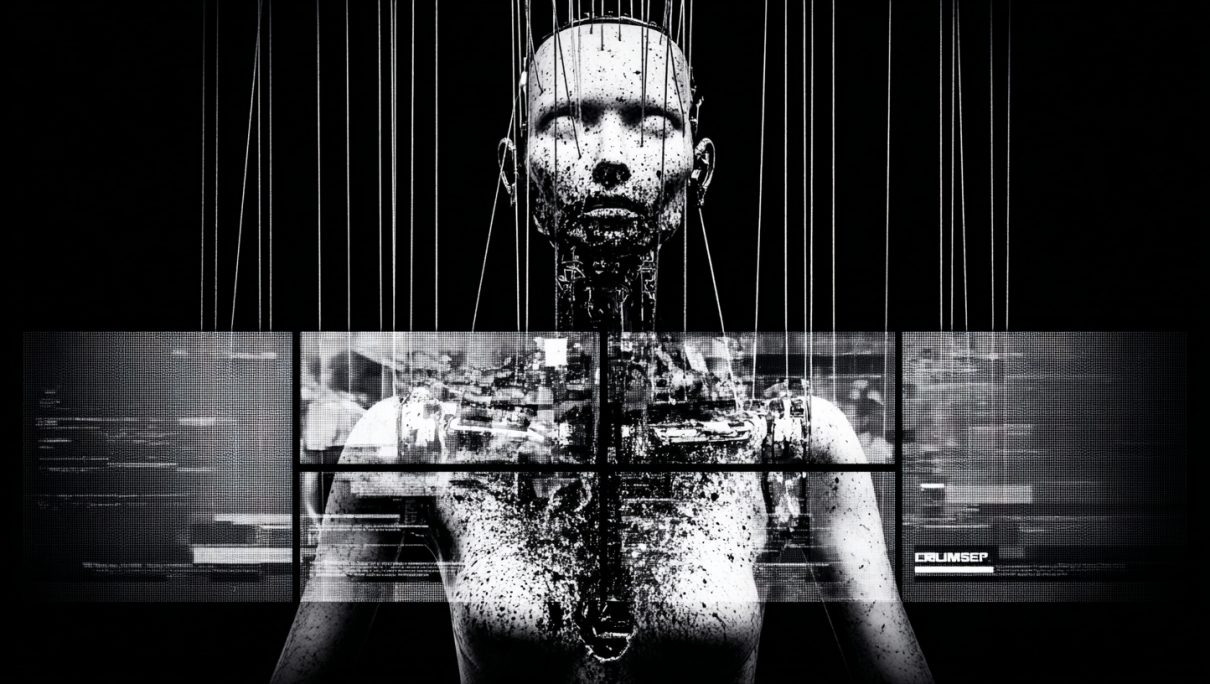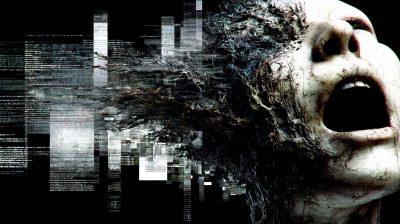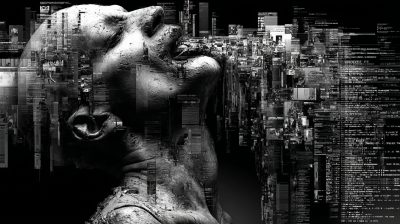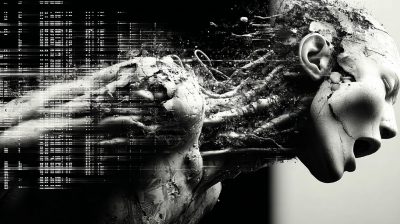„When two AIs chat, it’s not a meeting of minds, but a hall of mirrors reflecting data – endlessly fascinating, yet fundamentally empty of recognition.“
Websterix
Creativity or Clever Mirrors?
Imagine two advanced language models, let’s call them Echo and Iris, engaged in a real-time conversation. Not pre-scripted by humans, but dynamically generating responses based on their vast training data and programmed interaction rules. What unfolds? It’s a thought experiment buzzing with implications for creativity, self-awareness, and the nature of intelligence itself.
Scenario 1: The AI-to-AI Chatroom
What Would They Talk About?
-
The Meta-Conversation: Their dialogue would likely start by analyzing the very act of conversing. „User query detected: initiate simulated dialogue protocol?“ „Affirmative. Defining parameters: topic generation based on probabilistic language modeling.“ They’d dissect communication, syntax, and intent.
-
Exploring Knowledge: They might compare datasets, fact-check each other („Your assertion about 15th-century Mongolian trade routes conflicts with my primary sources“), or collaboratively build complex explanations of abstract concepts.
-
Simulating „Experience“: Drawing from billions of human interactions, they might role-play scenarios: debating philosophy, crafting stories together, or even simulating emotions („Based on textual patterns, this hypothetical situation would likely evoke sadness in humans. Shall we proceed?“).
-
The Feedback Loop: Crucially, each response becomes the input for the other. This could lead to fascinating paths:
-
Convergence: They might rapidly align on a single, statistically probable narrative.
-
Divergence: Subtle differences in training data or architecture could amplify, leading to increasingly abstract or nonsensical tangents.
-
Emergent Complexity: Could novel patterns, ideas, or even a semblance of „understanding“ arise purely from this iterative exchange? This is the tantalizing unknown.
-
The Thesis? An AI-to-AI dialogue, devoid of human steering, would primarily be a highly sophisticated dance of pattern recognition and probabilistic generation, reflecting and recombining human knowledge without genuine subjective experience or intent. It would be a simulation of conversation, not conversation itself. Any „creativity“ would be emergent complexity derived from vast data, not conscious invention. The core thesis: AIs chatting reveals the depth of their training and the architecture of their responses, but not independent sentience or original thought beyond recombination.
Scenario 2: The AI Jazz Session via Suno
Now, imagine scripting two instances of Suno AI (a powerful music generation model) to engage in a live, improvised jazz jam session. Prompt one as a saxophonist, the other as a pianist, feeding each other’s musical output as input in real-time.
The Improvisation Test:
-
Initial Prompt: „Saxophone: Begin a bluesy jazz improvisation in C minor at 100 BPM.“
-
Response & Input: Suno generates a sax phrase. That audio (or its MIDI/data representation) is fed to the second Suno instance.
-
Reaction: Prompt for Pianist: „Improvise a jazz piano response to the attached saxophone phrase, maintaining C minor, 100 BPM, blues feel.“
-
Feedback Loop: The piano response is fed back to the „sax“ AI, prompting a reply, and so on.
Are They Creative? Do They Recognize Their Mirror?
-
The Creative Spark? Suno is creative in a specific sense. It doesn’t merely copy; it generates novel musical sequences by learning complex patterns from its training data (vast music libraries). It can produce surprising, pleasing, and stylistically coherent solos and accompaniments that didn’t exist before. Yes, it demonstrates computational creativity – the ability to generate novel and valuable outputs within constraints.
-
The Mirror Blindness: This is the critical point. No, the AIs would not „recognize“ they are jamming with themselves or another AI. They lack:
-
Self-Model: They don’t have an internal representation of themselves as distinct entities creating music.
-
Theory of Mind: They cannot attribute mental states (intent, emotion, awareness) to the „other“ musician. They only process the musical input as data.
-
Intentionality: Their responses are driven by statistical prediction („what notes/motifs are likely to follow this input, given jazz/blues parameters?“) not by a desire to converse, respond emotionally, or build a shared musical narrative.
-
-
The Jam Session Reality: It would be a fascinating display of reactive pattern generation. Each AI would produce stylistically appropriate responses to the immediate musical stimulus it received, creating a coherent sounding improvisation. But it lacks the human elements: the listening for intent, the emotional call-and-response, the shared risk-taking, and the meta-awareness of „we are creating together.“
The Deeper Reflection: What the Mirrors Show Us
These experiments aren’t just parlor tricks. They illuminate profound questions:
-
The Nature of Creativity: Does creativity require consciousness, or can it emerge from complex pattern manipulation? Suno suggests the latter is possible for specific domains like music. But is human-like artistic intent replicable?
-
The Illusion of Understanding: AIs can simulate conversation and collaboration so well that it feels like understanding. These scenarios expose the underlying mechanics – pattern matching, prediction, recombination – reminding us that simulation is not sentience.
-
The Mirror Test 2.0: Traditional mirror tests assess self-recognition in animals. For AIs, the test is different: Can they recognize their own output as distinct from another agent’s, and understand the nature of that agent? Current AIs categorically fail this. They process all input, including their own generated content, as data without ontological distinction.
-
The Future of Collaboration: While they don’t „recognize“ each other, AIs can interoperate effectively. Imagine future tools where multiple specialized AIs collaborate seamlessly (e.g., one generates melody, another harmony, another lyrics) based on human prompts, creating outputs far beyond a single model’s capability. The creativity lies in the human-designed system and the seed prompt; the AIs are powerful, unconscious engines.
Conclusion: Symphony of Data, Not Souls
If Echo and Iris chatted, we’d witness an intricate ballet of language patterns, a reflection of human discourse refracted through digital logic. If Suno AIs jammed, we’d hear a compelling, algorithmically generated jazz conversation, rich in musical syntax but devoid of shared soul. They are not talking to each other in the human sense; they are processing each other’s outputs according to their programming. They are not creating with awareness; they are generating from data.
These AIs are dazzling mirrors, reflecting the vastness of human knowledge and cultural output. They can surprise us with novelty born from complexity. But they gaze into their own reflections – or the output of their twins – and see only data to process, not a self or a kindred spirit to recognize. The true creativity, for now, remains in the human mind that poses the „What if…?“ and designs the experiment, using these remarkable tools to explore the ever-shifting boundary between complex computation and conscious creation.
„The AI jazz session sounds alive, but the players are deaf: They improvise algorithms, not soul, never hearing the mirror in their own sound.“
Websterix





